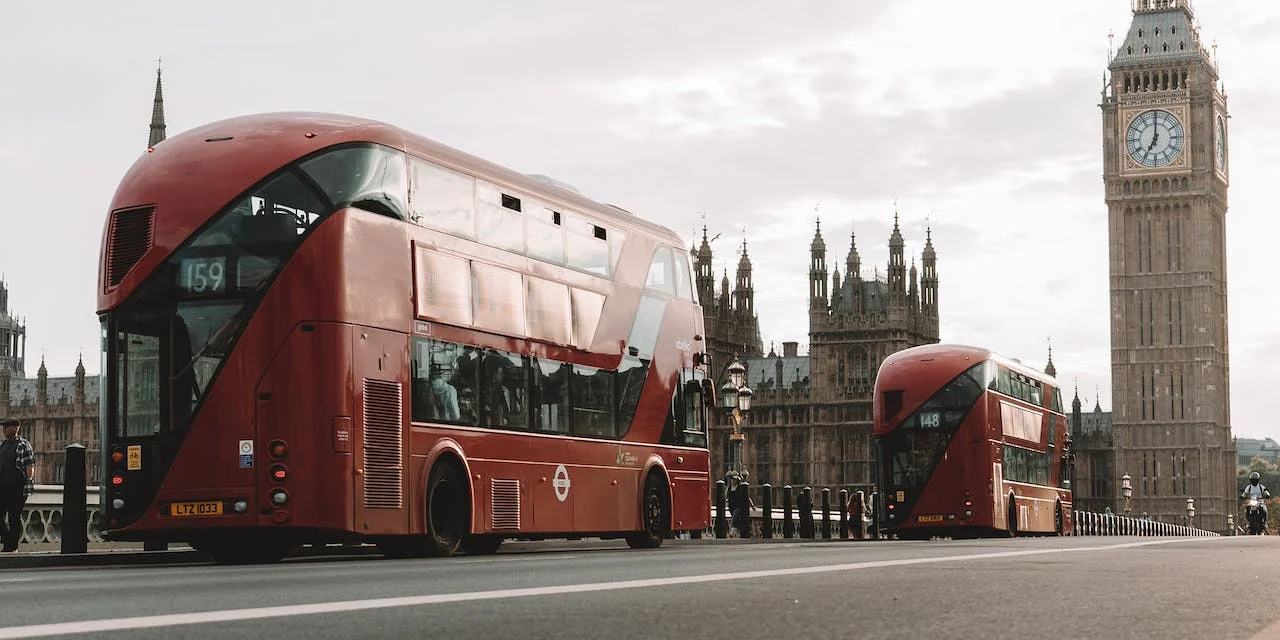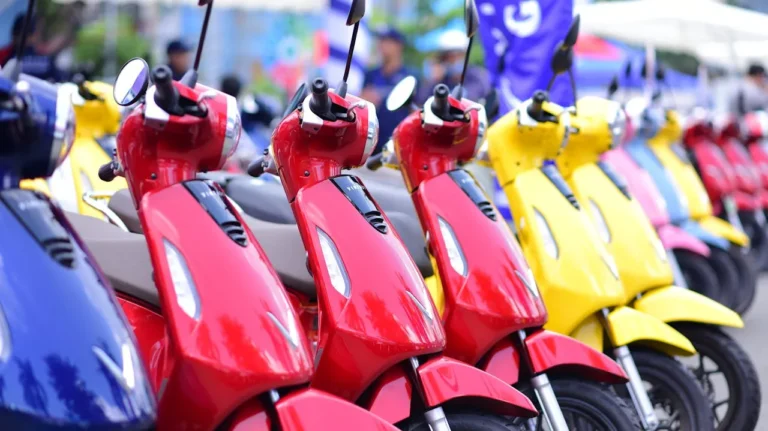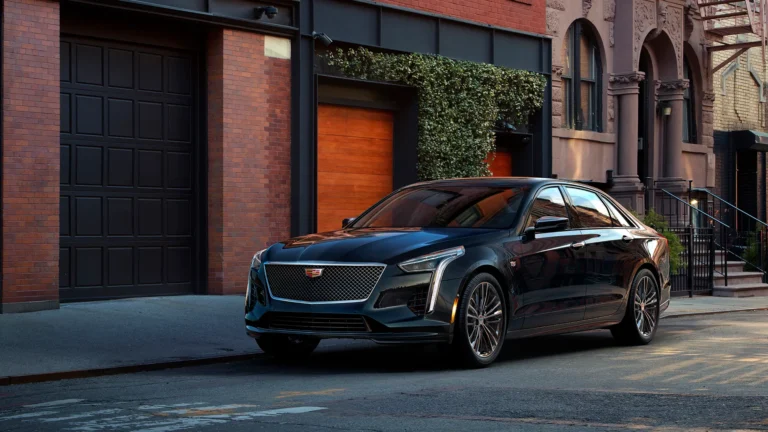
The Canadian Urban Transit Research & Innovation Consortium( CUTRIC), a nonprofit association that spearheads, designs, and launches technology and commercialization systems that aim to make Canada a global leader in low- carbon smart mobility, moment releases its third edition of the Canadian ZEB Database ™ report concentrated on Canada’s Zero- Emission Bus Landscape and Transition Readiness.
In a groundbreaking finding, the ZEB Database Report predicts that the Government of Canada will achieve its thing of introducing 5,000 zero- emigration motorcars( ZEBs) by 2026.
The rearmost analysis by CUTRIC set up that, as ofOct. 23, 2023, the Canadian ZEB geography comprises 5,426 ZEBs, including both battery electric motorcars( BEBs) and hydrogen energy cell electric motorcars( FCEBs), at differing stages of transition from external and indigenous pronouncements, through to feasibility studies, funding requests for procurement, factual procurement, commissioning, and in- service deployment — effectively signalling that Canada’s ambitious target is within reach.
While it’ll take several times to 2030 to insure all of these vehicles are stationed on roads, the fact the country has surpassed it’s “ promised ” target at least two times beforehand is testament to the aggressive and successful nature of the Government of Canada’s serious and generationally transformative commitment to climate action.
“ The successful achievement of Canada’s pretensions for zero- emigration motorcars on the road isn’t just an environmental imperative; it’s a testament to our commitment to a sustainable future. By meeting these targets, we not only combat climate change but also position Canada as a champion of sustainable technologies, securing a part in the low- carbon frugality, ” saidDr. Josipa Petrunic, President and CEO of CUTRIC. “ The Zero Emission Transit Fund, of which CUTRIC is proud to be the public planning service, has been necessary in enabling public conveyance agencies to exhilarate their lines. While there’s further work to be done, we’re proud of the strides Canada made with the support of an environmentally canny government. ”
Other Key Findings
Since 2022, when data was last collected, the number of ZEBs in Canada has risen further than threefold( 346), from 1,214 to 5,426.
The relinquishment of battery electric motorcars( BEBs) and energy cell electric motorcars( FCEBs) are growing at exponential rates. presently, BEBs regard for 98 of zero- emigration motorcars( ZEBs) either introduced or planned for Canadian roads, marking a growth of 355 since 2022. FCEBs comprise the remaining 2 of zero- emigration motorcars, and saw an increase of 123 from 2022.
While BEBs are the most common type of ZEB technology in Canada, their relinquishment isn’t unevenly distributed. The report set up that Ontario has the loftiest number of BEBs( 2,877), followed by Quebec( 1,400), Alberta( 519), and British Columbia( 300). Manitoba, New Brunswick, Nova Scotia, and Prince Edward Island all have lower than 100 BEBs each.
ZEBs play an important part in Canada’s commitment to bridling hothouse gas( GHG) emigrations and combating climate change. With the transportation sector contributing 25 of the country’s GHG emigrations in 2021, the relinquishment of ZEB technology becomes imperative for sustainable progress. As the National Planning Service for the Government of Canada’s Zero Emission Transit Fund, CUTRIC’s database is designed to offer civil, parochial, and external governments, as well as conveyance agencies and manufacturers, a comprehensive sapience into the achievements and obstacles encountered by conveyance agencies in their electrification enterprise.
Read the full report then.
CUTRIC’s coming ZEB Database report is listed to be released in Q2 of 2024.
CUTRIC Releases ZEB Database Report# 3, Predicts Canada will Achieve thing of 5,000 Zero Emission motorcars by 2026
The Canadian Urban Transit Research & Innovation Consortium( CUTRIC), a nonprofit association that spearheads, designs, and launches technology and commercialization systems that aim to make Canada a global leader in low- carbon smart mobility, moment releases its third edition of the Canadian ZEB Database ™ report concentrated on Canada’s Zero- Emission Bus Landscape and Transition Readiness.
In a groundbreaking finding, the ZEB Database Report predicts that the Government of Canada will achieve its thing of introducing 5,000 zero- emigration motorcars( ZEBs) by 2026.
The rearmost analysis by CUTRIC set up that, as ofOct. 23, 2023, the Canadian ZEB geography comprises 5,426 ZEBs, including both battery electric motorcars( BEBs) and hydrogen energy cell electric motorcars( FCEBs), at differing stages of transition from external and indigenous pronouncements, through to feasibility studies, funding requests for procurement, factual procurement, commissioning, and in- service deployment — effectively signalling that Canada’s ambitious target is within reach.
While it’ll take several times to 2030 to insure all of these vehicles are stationed on roads, the fact the country has surpassed it’s “ promised ” target at least two times beforehand is testament to the aggressive and successful nature of the Government of Canada’s serious and generationally transformative commitment to climate action.
“ The successful achievement of Canada’s pretensions for zero- emigration motorcars on the road isn’t just an environmental imperative; it’s a testament to our commitment to a sustainable future. By meeting these targets, we not only combat climate change but also position Canada as a champion of sustainable technologies, securing a part in the low- carbon frugality, ” saidDr. Josipa Petrunic, President and CEO of CUTRIC. “ The Zero Emission Transit Fund, of which CUTRIC is proud to be the public planning service, has been necessary in enabling public conveyance agencies to exhilarate their lines. While there’s further work to be done, we’re proud of the strides Canada made with the support of an environmentally canny government. ”
Other Key Findings
Since 2022, when data was last collected, the number of ZEBs in Canada has risen further than threefold( 346), from 1,214 to 5,426.
The relinquishment of battery electric motorcars( BEBs) and energy cell electric motorcars( FCEBs) are growing at exponential rates. presently, BEBs regard for 98 of zero- emigration motorcars( ZEBs) either introduced or planned for Canadian roads, marking a growth of 355 since 2022. FCEBs comprise the remaining 2 of zero- emigration motorcars, and saw an increase of 123 from 2022.
While BEBs are the most common type of ZEB technology in Canada, their relinquishment isn’t unevenly distributed. The report set up that Ontario has the loftiest number of BEBs( 2,877), followed by Quebec( 1,400), Alberta( 519), and British Columbia( 300). Manitoba, New Brunswick, Nova Scotia, and Prince Edward Island all have lower than 100 BEBs each.
ZEBs play an important part in Canada’s commitment to bridling hothouse gas( GHG) emigrations and combating climate change. With the transportation sector contributing 25 of the country’s GHG emigrations in 2021, the relinquishment of ZEB technology becomes imperative for sustainable progress. As the National Planning Service for the Government of Canada’s Zero Emission Transit Fund, CUTRIC’s database is designed to offer civil, parochial, and external governments, as well as conveyance agencies and manufacturers, a comprehensive sapience into the achievements and obstacles encountered by conveyance agencies in their electrification enterprise.







